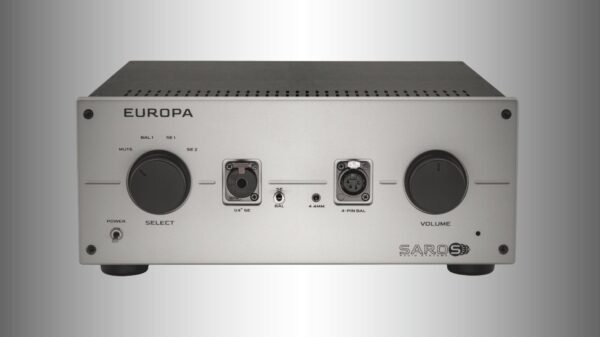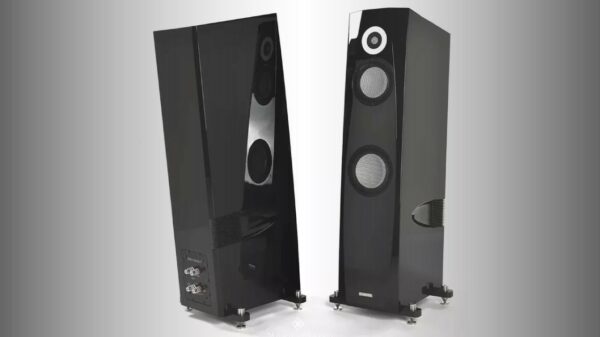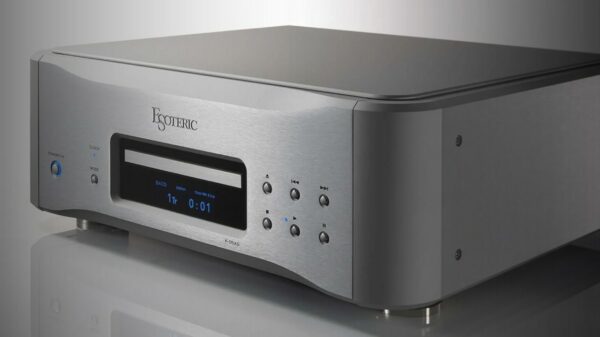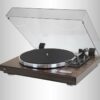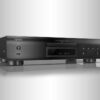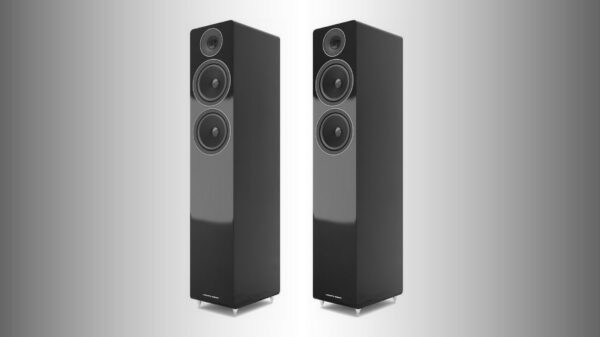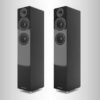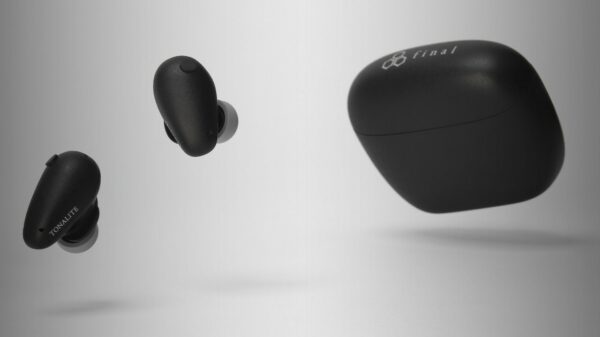Musical Fidelity M6 500i is a rather unusual amplifier. Its design may seem minimalistic due to the lack of many functions that we are already accustomed to seeing in models of this class. But in return, you are offered power that at first glance seems completely excessive for a home device. Musical Fidelity M6 500i is an integrated amplifier and is part of the M6 series of Hi-Fi components. Musical Fidelity was recently acquired by Pro-Ject, after which the production of this line, which was discontinued at one time, was resumed.
Structurally, the M6 500i is two mono power amplifiers and a preamplifier built into a common case. Each power amplifier is powered by its own toroidal transformer. There is no magic in the device, it is based on traditional components, but they are larger than usual. In particular, this explains the weight of the device at 30 kg, which, with its quite ordinary dimensions, indicates an unusually solid design.
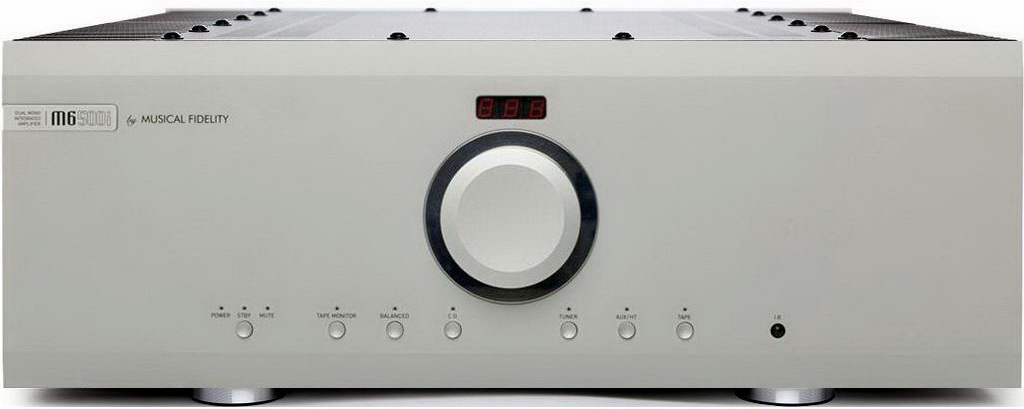
There are at least three reasons to take a closer look at this amp. First, it’s interesting to see what kind of integrated amp you can get for that kind of money, given that it has no digital inputs or streaming capabilities. Second, since I have some experience with the original version of this model, I’ll be able to assess how much influence Musical Fidelity’s new owner had on its design. And third, there’s a purely exploratory moment here. One of the most common questions that music lovers ask on various forums is “how much output power do I need from an amplifier?” It looks like Musical Fidelity has the answer to that question.
The Musical Fidelity M6 500i is part of the M6 series, which also includes the M6si integrated amp and the M6 pre/power combo, CD player, and DAC. If you compare the datasheets of the M6si and M6 Pre with the M6 500i, things start to look a little strange. The M6 Si has a built-in phono preamp that can accommodate MM and MC cartridges, as well as a USB input capable of accepting 24-bit/96 kHz signals. The preamp is similarly equipped.
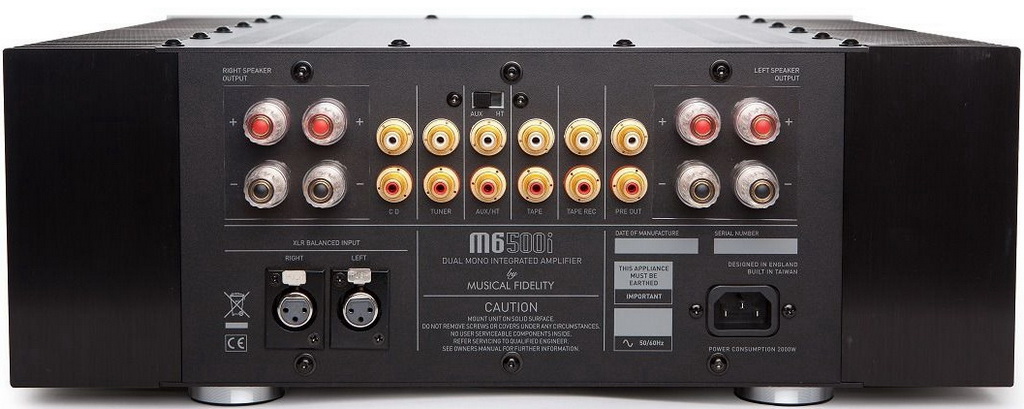
Musical Fidelity M6 500i, on the contrary, has nothing similar. It has neither phono input nor USB. It has five line inputs, one of which is balanced (XLR), as well as a record output and Pre-out. And yet this device costs almost 100,000 ₽ more than the significantly better equipped M6si. The explanation for this is simple – the M6 500i is an amplifier of a higher class. However, the M6si cannot be called a weakling either. It develops 220 W per channel with a load resistance of 8 ohms, which is a high figure from any point of view. And the M6 power amplifier produces even more – 230 W at the same 8 ohms. But the M6 500i eclipses these figures, providing up to 500 W when connecting 8-ohm speakers.
And this is not an artistic exaggeration. This is not the power that some amplifiers develop a second before burning out from overload. This characteristic is indicated in the M6 500i specifications as RMS (root mean square), not PMPO (peak short-term power). At the same time, this device does not work in class D, and for such power the distortion factor is indicated as less than 0.1%. That is, this device is really capable of delivering half a kilowatt of high-quality sound to the speakers. This, in turn, raises the next logical question – why? I have been testing acoustics for quite a long time, but I have never seen speakers that would require such a significant input power, or at least were designed for it. However, the beauty of the M6 500i is not in the fact that you can burn out any speakers with it, but in the dynamic range it provides. When listening to music at a constant volume level, the power output of the amplifier is not constant. Loud chords and powerful rhythms will require more power from the amplifier than quiet introductory sounds. The naturalness of the amplifier’s sound depends on how accurately it can process these peak signals. This requires a significant reserve of output power.
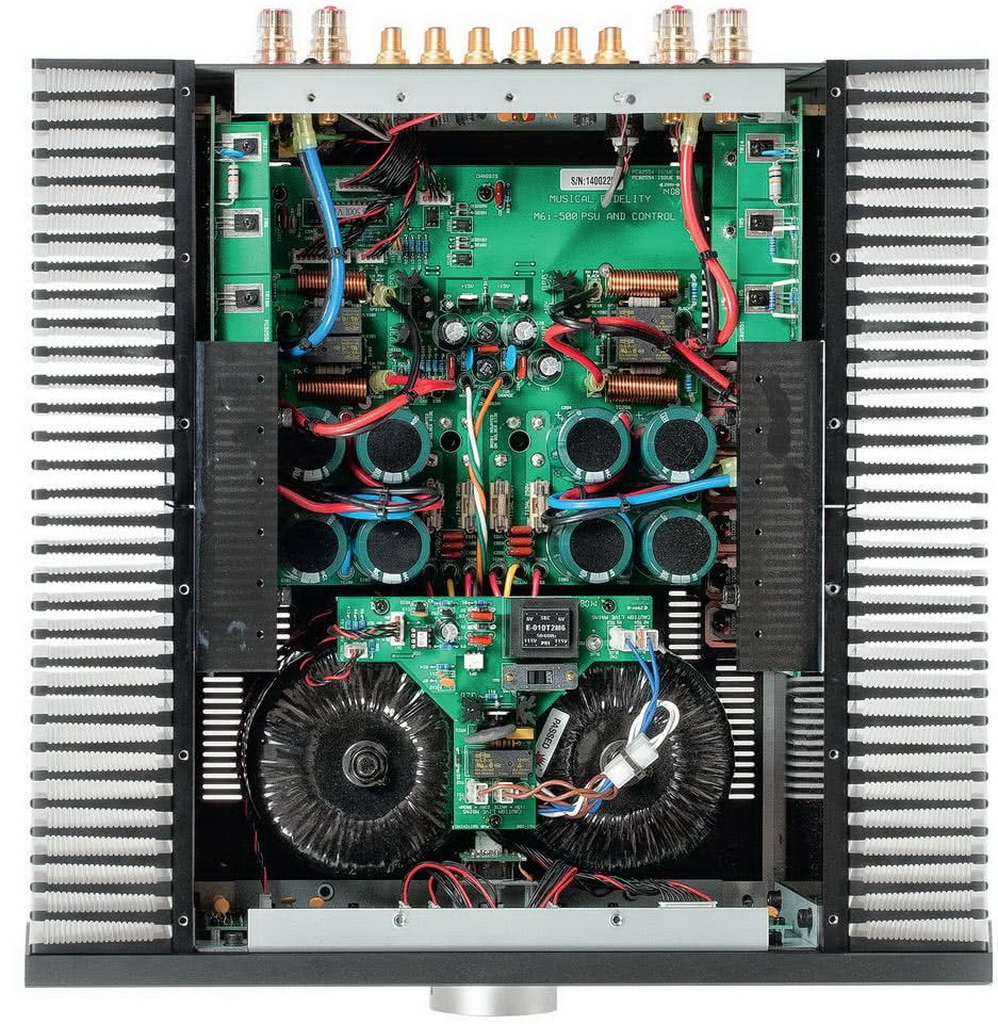
There are obvious signs that Musical Fidelity took this unit seriously. Its volume control is based on an encoder, the handle of which must be turned at least twice to obtain significant output power. Massive cooling radiators are mounted on the sides of the amplifier’s body, and they take up almost a third of its volume. At the same time, during operation of the M6 500i, the radiators remain practically cold. Overall, the M6 500i is a quite friendly device for everyday use, as long as you do not strain your back taking it out of the box. Everything about the appearance of this device says “I am very powerful!” This is especially true for the black finish, in which the M6 500i looks a little militaristic. In any case, the amplifier has a completely masculine design, of course, if such a definition is applicable to Hi-Fi equipment. The build quality of the amplifier is at its best. The volume control moves with a pleasant effort and works very reliably. The new owner has kept the production at the old Musical Fidelity factory, which is why the amplifier looks as solid as the model released in 2010. The impression is slightly spoiled by the remote control, which looks rather simple.
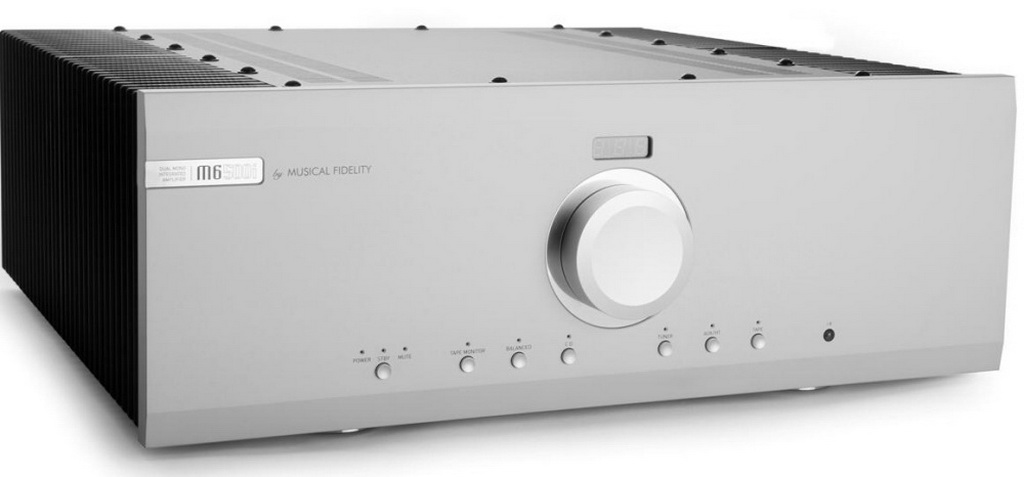
If you think that a two-channel system can’t produce truly transparent sound, the M6 500i easily proves otherwise. The amplifier’s dynamic range is so wide that it will reproduce any music without any limitations. And when combined with components such as the Chord Qutest and Q Acoustics Concept 500, you get an absolutely transparent-sounding system that would otherwise cost you significantly more. The Musical Fidelity M6 500i is one of the best integrated amplifiers available, and considering that its price has now even dropped, we confidently give it our strongest recommendation.
Musical Fidelity M6 500i Specifications
- Output power (8 Ohm): 2 x 500 W
- Maximum output voltage (RMS, 20 Hz – 20 kHz): 64 V
- Peak output current: 100 A
- Damping factor: > 250
- Frequency response (+ 0 / – 0.1 dB): 10 – 20000 Hz
- Distortion factor (20 Hz – 20 kHz): < 0.01%
- Signal-to-noise ratio: > – 100 dBA
- Input impedance: 38 kOhm
- Maximum power consumption: 2000 W
- Dimensions: 440 x 160 x 460 mm
- Weight: 28 kg













